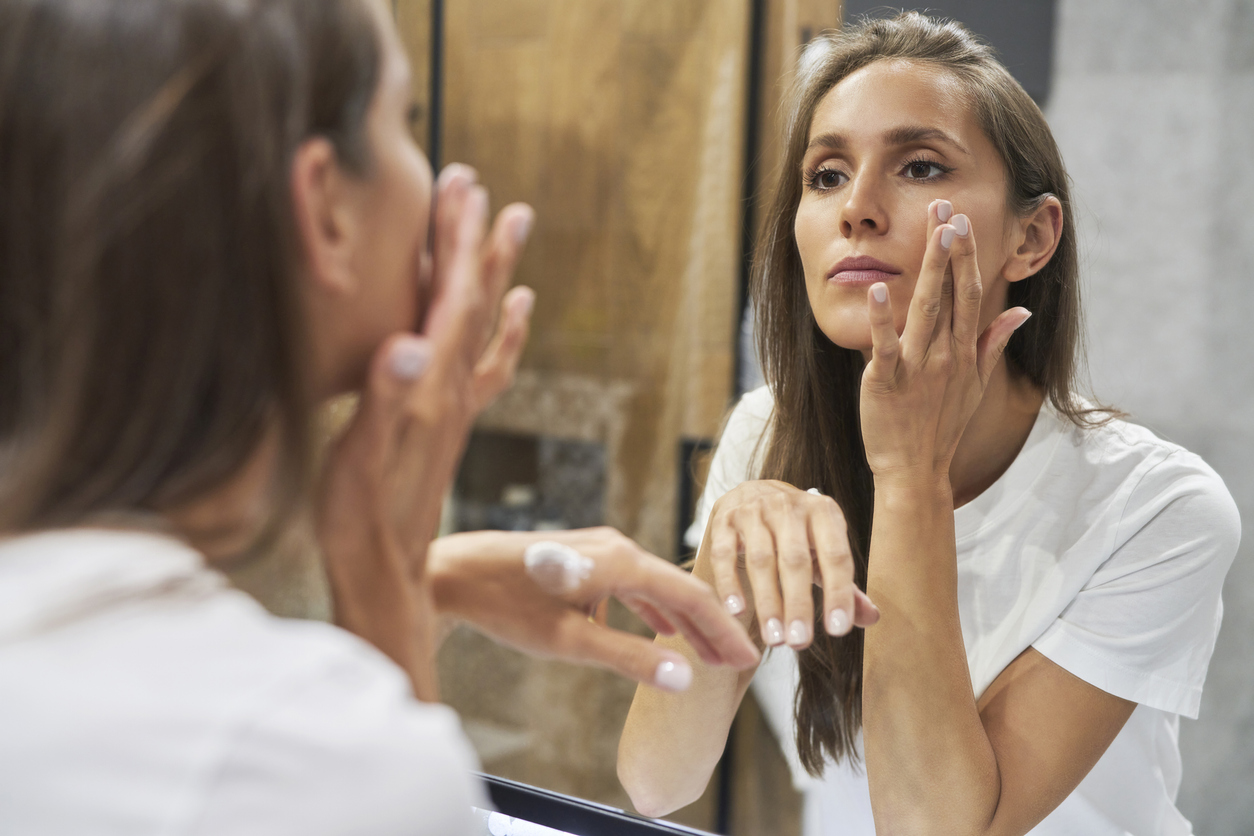
In the world of skincare, retinol is the closest thing to magic in a bottle. Derived from vitamin A, retinol significantly boosts cell turnover, addressing a multitude of common skincare concerns. When incorporated into a skincare routine, retinol treatments can rejuvenate skin, brighten complexion, treat acne, improve skin texture, and combat signs of aging. With various forms and strengths available, there’s a perfect retinol product for everyone. There is so much more to know about retinol, and we’re breaking it all down below:
Is retinol just a really strong exfoliant?
A common misconception about retinol is that vitamin A is simply a powerful exfoliator, which leads many to believe that the peeling and redness they experience when introducing the ingredient into their skincare routine is solely due to its strength. In reality, retinol works by enhancing collagen production and increasing the rate at which skin turns over and regenerates. This can cause exfoliation of the outer layer of the skin. When someone uses retinol, the outer layer of the skin is sloughed off, and the newer skin underneath is revealed.
Can you use retinol and vitamin C together?
Certain skincare ingredients don’t go well together, and vitamin C and retinol are one such combination. Vitamin C works best when applied in the morning, as it helps protect your skin from environmental stressors such as UV rays and pollution. It can help reduce hyperpigmentation, brighten the skin, and promote collagen production to help boost the skin’s natural repair process throughout the day. On the other hand, retinol works best when applied at night, as it accelerates cell turnover to support the natural regenerative process that occurs while you’re asleep. Retinol also creates higher skin sensitivity to the sun, increasing the risk of sunburn and irritation. Additionally, most topical retinoids lose their effectiveness when exposed to sunlight.
Should you use retinol on wet skin?
Cleansing your skin opens pores, allowing the skin to properly absorb skincare products. While it’s beneficial to apply hydrating and nourishing serums to damp skin, retinol requires a different approach. Wait until your skin is completely dry to apply retinol products since applying it on wet or damp skin can cause irritation. This helps ensure a controlled absorption of retinol, minimizing the risk of sensitivity and allowing your skin to adjust to the potent ingredient more comfortably and effectively.
Does your skin have to peel for retinol to work?
As previously explained, the peeling that some people experience when they start using retinol is not an indication that the ingredient is working. While dryness and irritation are common side effects of retinoids and usually last four to six weeks, there are both over-the-counter and cosmeceutical strength retinoids (such as retinol and retinal palmitate) that cause minimal dryness or peeling while still being effective.
Can you use retinol when you’re pregnant?
It is generally advised to avoid using retinol products during pregnancy due to potential risks to the developing fetus. Additionally, high doses of vitamin A can be just as harmful and can cause birth defects. Always consult with a healthcare provider before using any skincare products while pregnant.
How long does it take to see results when using retinol?
Retinol won’t transform your skin overnight. However, with continued use, you’ll start to notice improvements in skin texture, breakouts, and fine lines. Dryness and irritation should last about four to six weeks, and during that time, you might begin to see a reduction in mild acne breakouts. Significant changes in skin texture, wrinkle reduction, pigmentation, and pore size generally take about 12 weeks or more to become evident.
How do you start using retinol?
At night, apply a pea-sized amount of your retinol product, ideally 30 minutes after you’ve washed your face. Start three times a week (Monday, Wednesday, and Friday) as dryness and peeling can be expected when retinol is first added to your skincare routine. If there is no dryness or as you start to tolerate it better, application can be increased to every night.
Get started with our ZO® Skin Health retinol products, such as the Wrinkle + Texture Repair. This high-potency retinol restores natural hydration, while visibly improving the appearance of wrinkles and refining skin texture. Alternatively, try our ZO Skin Health Radical Night Repair, formulated with 1% of retinol to help improve the appearance of skin texture, uneven pigmentation, and fine lines and wrinkles. You can also explore one of the three ZO Skin Health Retinol Skin Brighteners, which come in three different strengths: 1%, 0.5%, and 0.25%. These products have been clinically proven to rapidly improve the appearance of uneven skin tone for a brighter, clearer, and smoother complexion.
Incorporating retinol into your skincare routine can be a transformative step to radiant, youthful-looking skin. Whether you are new to retinol or looking to enhance your skincare regimen, there is a perfect form available for you. Stop into The Aesthetic Center (1605 Associates Drive, Suite 102E, Dubuque, IA) and pick up clinical-grade retinol products today!
Sources:
www.aad.org
www.womenshealthmag.com